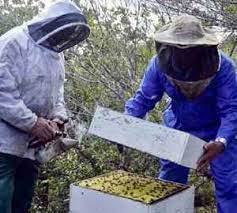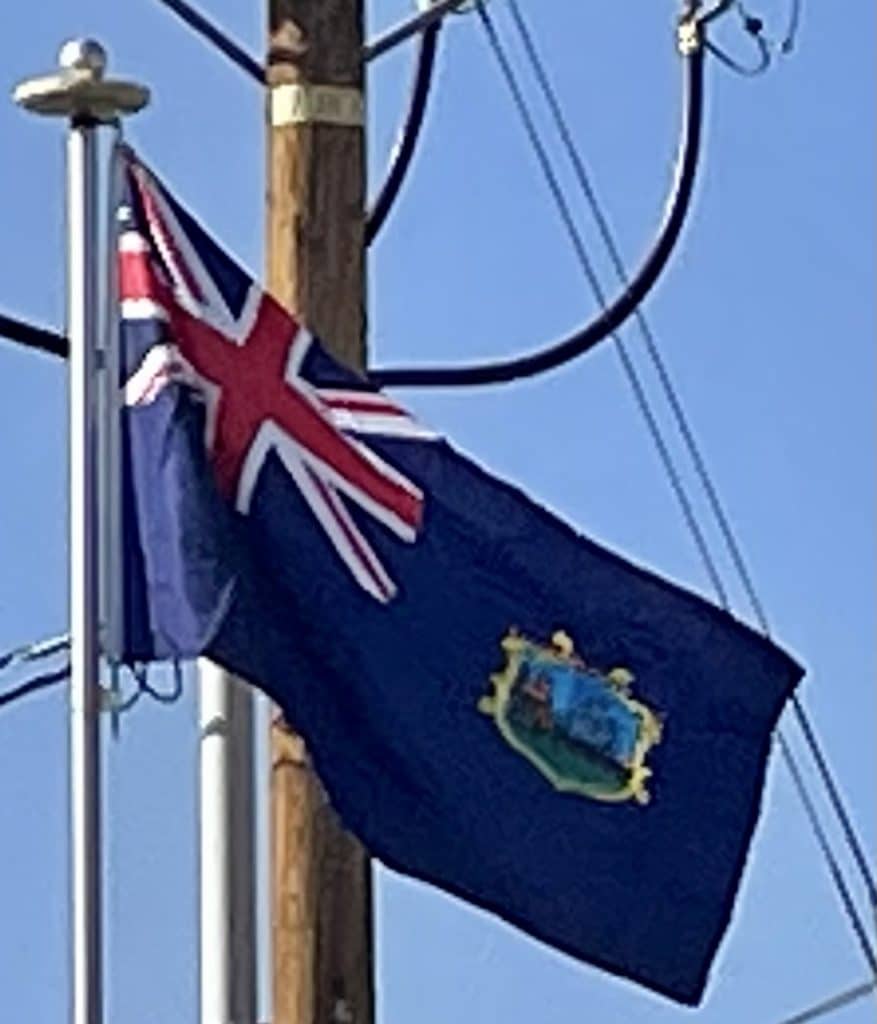There are several rocks and islets off the coast, including: Castle Rock, Speery Island, the Needle, Lower Black Rock, Upper Black Rock (South), Bird Island (Southwest), Black Rock, Thompson’s Valley Island, Peaked Island, Egg Island, Lady’s Chair, Lighter Rock (West), Long Ledge (Northwest), Shore Island, George Island, Rough Rock Island, Flat Rock (East), the Buoys, Sandy Bay Island, the Chimney, White Bird Island and Frightus Rock (Southeast), all of which are within one kilometre (0.62 miles) of the shore.
The national bird of Saint Helena is the Saint Helena plover, known locally as the wirebird, on account of its wire-like legs. It appears on the coat of arms of Saint Helena and on the flag.
Economy:

The island had a monocrop economy until 1966, based on the cultivation and processing of New Zealand flax for rope and string.
A 2019 report states that “by the 1970s, a majority of Saints were working abroad and sending money home”.
Saint Helena’s economy is now developing, but is almost entirely sustained by aid from the British government. The public sector dominates the economy, accounting for about 50% of gross domestic product. However, the commencement of regular air services demonstrates rise in tourism, and the Government is encouraging investment on the Island, as can be shown by their Investment Policy and Strategy and the investment prospectus for potential investors. In 2019, Saint Helena achieved its first-ever “Investment Grade” credit rating, a credit rating of BBB- (stable), from global credit-rating agency Standard & Poors (S&P).
In 2019, the estimated average annual salary was only about 8,000 Saint Helena pounds (about US$10,000.)
Saint Helena’s Sustainable Economic Development Plan, 2018–28, was developed using more than six months of local and international consultation in 2017 to 2018. The document represents a 10-year plan to kick-start the economy after Saint Helena established air access and fiber connectivity and moved away from relying purely on tourism for growth, announcing a desire to “increase exports, and decrease imports”. The SEDP stated that the island’s comparative advantages are its natural resources and geography, its status as a British Overseas Territory, its currency, relatively inexpensive labor and property costs, and low crime. Targeted export growth sectors include tourism, fisheries, coffee, satellite ground stations, work-from-home jobs (“digital nomads”), academia, research and conferences, liquor, wines and beers, ship registry and sailing qualifications, traditional products, honey and honey bees, and its use as a film location. Growth sectors for import substitution include agriculture, timber, bricks, blocks, minerals and rocks, and bottled water.

The tourist industry is heavily based on the promotion of Napoleon’s imprisonment as well as nature activities such as scuba diving, swimming with whale sharks, whale watching, bird watching, marine tours, and hiking. A golf course also exists and sportfishing is possible. Several hotels, B&Bs, and self-catering apartments operate on the island. The arrival of tourists is linked to the Saint Helena Airport (and in the past, the arrival and departure schedule of the now-retired RMS St Helena).[81]
Saint Helena produces the most expensive coffee in the world. It also produces and exports Tungi Spirit, made from the fruit of the prickly or cactus pears, Opuntia ficus-indica (“Tungi” is the local Saint Helenian name for the plant), and coffee liqueur, gin, and rum in its local distillery. Due to the absence of parasites and disease in bees, beekeepers collect some of the purest honey in the world.
